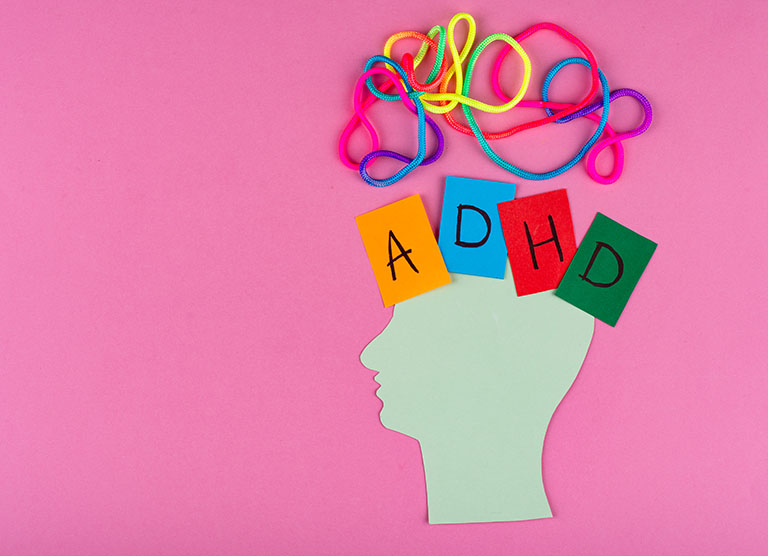In this blog, we will learn how to better design eLearning to make it more accessible to people with ADHD.
What is ADHD?
ADHD stands for Attention Deficit Hyperactivity Disorder. It is a medical neurobiological disorder where certain neurotransmitter chemicals in the brain do not work as they should.
ADHD superpowers include being able to hyperfocus on tasks for long periods of time, creativity and imaginativeness, being curious and a willingness to take risks. People with ADHD can be a great asset to any organisation. With their passion, energy and ability to focus doggedly on their interests, many successful famous people have been reported to have ADHD, such as Richard Branson, Walt Disney and Bill Gates.
Some challenges for people with ADHD include being easily distracted, being impulsive, fidgeting or being unable to concentrate on one task for long. As a result, people with ADHD may find it hard to complete a task, organise their time and remember information. So, how can we design eLearning for people with ADHD to make our eLearning more accessible and inclusive to everyone?
5 tips on designing eLearning for ADHD
- Consider using bite-sized learning. Microlearning is when the content of a course is broken down into smaller eLearning units, which the learner completes individually. This gives the learner more opportunities for achievement more quickly. This approach might be effective for learners who find it challenging to stay focused for longer periods and improve their ability to engage with the content.
- Avoid distracting elements. To help the person with ADHD maintain attention on the key information, don’t use elements which move, such as scrolling text, animated GIFs or background videos. If they must be included, give the learner the option to hide them or turn them off. Avoid distracting images or background music. Do not set time limits on activities.
- Make it consistent. Consistency helps the learners know what to expect, which reduces cognitive load. Consistency can be achieved in the course design and layout, headings, terminology, navigation, buttons, feedback on quiz elements, how to interact with each slide and so on.
- Give the learner control. The Web Content Accessibility Guidelines (WCAG) set out standards to ensure websites are accessible. One way make your eLearning more accessible, particularly for people with ADHD, is to give the option to control certain elements such as audio or video. Another way to give the learner control is to enable the option to resume the course at a later stage so they don’t have to complete it all in one sitting.
- Make it easy to navigate. As people with ADHD find organisation challenging, make sure navigating through your eLearning is easy with a clearly labelled menu. Structure your course into sections and topics if needed. To help with time management, include the approximate time it will take to complete the course, section or assessment. Add clear instructions for interactive activities. The more your eLearning is predictable, clear and consistent, the easier it will be to navigate.
This is part of a blog series on neurodiversity:
- Embracing neurodiversity in the workplace
- Designing eLearning for neurodiversity: 9 tips
- Designing eLearning for dyslexia
- Designing eLearning for ADHD
- Designing eLearning for ASD
- Designing eLearning for dyspraxia








